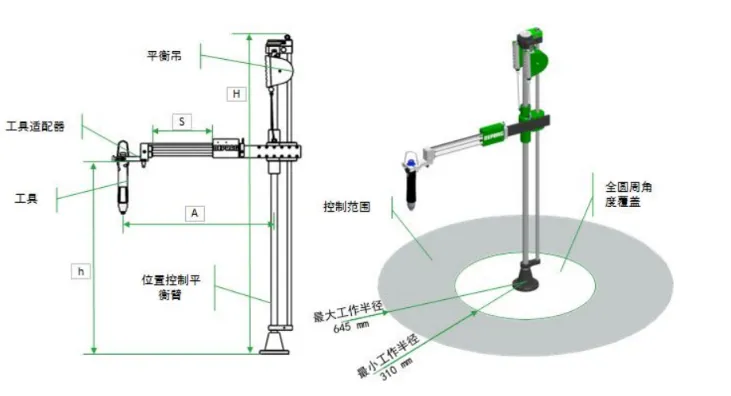Comparing Solar Panel Sizes for Optimal Energy Efficiency and Space Utilization
Different Sizes of Solar Panels A Comprehensive Guide
As the world shifts towards more sustainable energy solutions, solar power has emerged as a leading contender. With the increasing demand for clean energy, various types of solar panels have been developed, catering to different needs and applications. One of the key factors that distinguish these solar panels is their size. In this article, we will explore the different sizes of solar panels, their applications, advantages, and factors to consider when choosing the right size for your needs.
Understanding Solar Panel Sizes
Solar panels come in a variety of sizes, typically classified as residential, commercial, or industrial. The size of a solar panel is usually measured in watts, which denotes its power output. Most residential solar panels range from 250 to 400 watts, while larger commercial panels can output between 400 and 600 watts. The physical dimensions of these panels also vary, with standard residential panels measuring approximately 65 inches by 39 inches.
Larger solar panels may have a higher power output, but they also require more space for installation. This is an essential consideration for homeowners and businesses looking to maximize their solar energy production.
Common Solar Panel Sizes
1. Residential Panels The standard residential solar panel is typically around 65 inches by 39 inches and can produce anywhere from 250 to 400 watts. These panels are ideal for homeowners with limited roof space, as they strike a balance between size and energy output.
2. Commercial Panels For commercial settings, solar panels are often larger, ranging from 72 cells to 96 cells, which can produce between 400 and 600 watts. These panels are designed to meet the higher energy demands of businesses and can cover large rooftop or ground-mounted installations.
3. Bifacial Panels A newer innovation in solar technology is bifacial solar panels, which can harvest solar energy from both sides. These panels can come in various sizes and offer improved efficiency and energy output, making them suitable for commercial and utility-scale applications.
4. Flexible Panels Smaller, flexible solar panels are available for niche applications such as RVs, boats, and off-grid systems. These panels are typically lighter and come in various watt outputs, making them versatile for unique energy needs.
different size solar panels

Factors to Consider When Choosing Solar Panel Size
When selecting the appropriate size of solar panels, several factors need to be taken into account
1. Energy Needs Consider your household or business energy consumption. Calculate your average monthly energy usage to determine how much solar power you need to generate. This will help you ascertain the total wattage required from your solar panels.
2. Roof Space Assess the available space on your roof for solar panel installation. Larger panels require more space, so it's essential to determine whether your roof can accommodate them without compromising your energy needs.
3. Budget The cost of solar panels varies significantly with size and technology. It's important to set a budget before selecting panel sizes, as larger panels may have higher upfront costs but can offer better returns on investment over time.
4. Local Regulations and Incentives Check local building codes and regulations regarding solar panel installations. Some areas may have restrictions on the size and number of panels, or they may offer incentives for different size installations.
5. Orientation and Sunlight Exposure The orientation of your roof and the amount of sunlight it receives each day can affect solar panel performance. Larger panels may benefit from optimal sunlight exposure, whereas smaller panels might be more flexible in challenging locations.
Conclusion
In conclusion, the diversity in solar panel sizes allows for a customized approach to solar energy generation. Whether you are a homeowner looking to reduce energy bills or a business aiming for sustainability, understanding the different sizes of solar panels is essential. By considering your energy needs, available space, budget, and local regulations, you can make an informed decision that best suits your solar energy goals. As technology continues to advance, the options for solar panel sizes will only expand, enhancing their accessibility and efficiency in the pursuit of cleaner energy.
-
String Solar Inverter: The High-Efficiency Solution for Smart Solar EnergyNewsJul.14,2025
-
Revolutionizing Rooftop Energy with the Power of the Micro Solar InverterNewsJul.14,2025
-
Power Independence with Smart Off Grid Solar Inverter SolutionsNewsJul.14,2025
-
On Grid Solar Inverter: Powering the Future with Smart Grid IntegrationNewsJul.14,2025
-
Monocrystalline Solar Panels: High-Efficiency Power for the Future of Clean EnergyNewsJul.14,2025
-
Bifacial Solar Panel: A Smarter Investment for Next-Generation Energy SystemsNewsJul.14,2025







